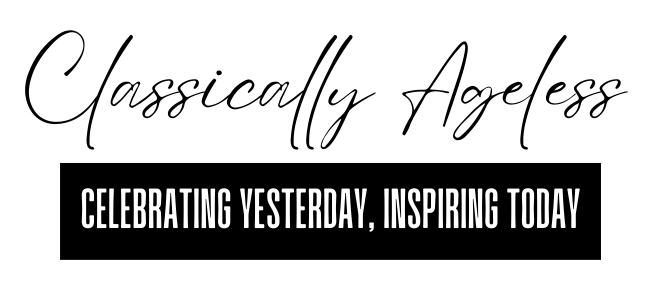Throughout history, hairstyles have served as expressions of culture, personality, and times. Classic hairstyles, those that have stood the test of time, continue to influence modern fashion and offer a nod to the elegance of bygone eras. From the intricate updos of the Victorian era to the bold cuts of the 20th century, classic hairstyles not only reflect the beauty standards of their times but also the creativity and innovation of hairstylists throughout the ages.
The Bob: A Cut Above the Rest Introduced in the 1920s by the famous dancer Irene Castle, the bob became a symbol of women’s liberation and modernity. Its clean lines and simplicity made it a versatile style, adopted by women of all ages. The bob has seen many variations over the years, from the sleek flapper bob of the Roaring Twenties to the textured bobs of today, proving its enduring appeal.
Victory Rolls: The Spirit of the ’40s Victory rolls, named for their resemblance to the exhaust plumes of fighter planes in World War II, became iconic of the 1940s. Women rolled sections of their hair to create voluminous curls that framed the face, embodying both a sense of patriotism and the era’s glamorous style. Today, victory rolls are often worn as a tribute to the ’40s fashion and a statement of vintage elegance.
The Beehive: Sky-High Style Originating in the 1960s, the beehive is a testament to the decade’s flair for extravagance and drama. Created by hairstylist Margaret Vinci Heldt, the beehive stacks hair high atop the head in a conical shape, resembling a beehive. This towering style has made comebacks over the decades, embraced by women seeking a touch of retro glamour.
The Afro: A Symbol of Pride and Power The Afro, worn predominantly by African American men and women in the late 1960s and throughout the 1970s, became a powerful symbol of black pride and natural beauty. Eschewing chemical straighteners, the Afro celebrated natural curly textures and became an iconic style of the civil rights movement. The style remains popular today, representing both a connection to heritage and a fashion statement.
The Pixie Cut: Timeless and Bold Popularized by actresses like Audrey Hepburn in the 1950s and Mia Farrow in the 1960s, the pixie cut is characterized by short, wispy layers and an effortlessly chic vibe. The pixie cut challenges traditional notions of femininity with its bold minimalism and has been embraced by women seeking a low-maintenance yet stylish look.
Classic hairstyles are more than just remnants of the past; they are living pieces of history that continue to inspire and be reinvented. Whether through the sleek lines of the bob, the voluminous curls of victory rolls, the towering silhouette of the beehive, the proud texture of the Afro, or the bold simplicity of the pixie cut, these styles have left an indelible mark on the world of fashion. As we look back on these timeless tresses, we celebrate the innovation and artistry that have shaped beauty trends for generations and will likely continue to do so for many more to come.
Classic hairstyles not only offer a glimpse into the cultural and social dynamics of their times but also provide timeless inspiration for anyone looking to add a touch of elegance, boldness, or heritage to their look. As fashion continues to evolve, the legacy of these hairstyles reminds us that true style knows no age.

